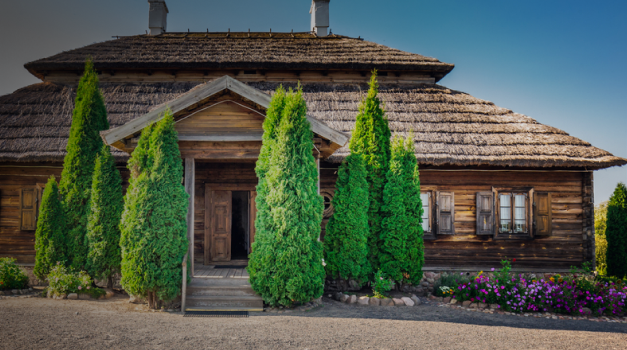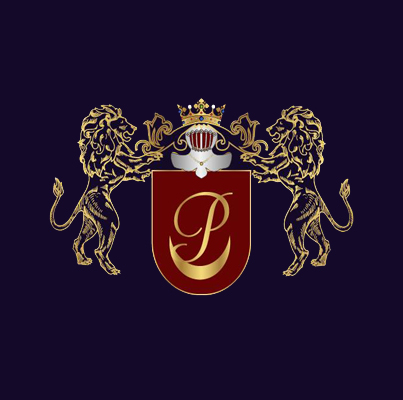The Kossovsky castle, aka the Puslovsky palace, owes its existence to Vandalin Puslovsky. Having inherited an estate in Merechevshchina from his father, he laid a palace here in the neo-Gothic style. Construction lasted 12 years from 1838 to 1850. the author of the palace project was the Polish architect Frantisek Jaszczold. Subsequently, the palace was reconstructed by the architect Vladislav Marconi, the number of rooms increased and the interiors were redesigned by the salon artist Frantisek Zhmurko.
The palace owes its appearance not only to talented architects and artists involved in its construction, but also to its own owners. The industrialist Vandalin provided the first steam heating in this territory on his estate. The hill on which the palace stands is man-made. It was formed when, by order of Father Vandalin Wojciech, 3 artificial reservoirs were dug, which have survived to this day. Subsequently, the hill was transformed into a terraced park, decorated with sculptures and fountains, and more than 100 species of plants grew in it.
The "Golden Age" lasted for several decades and ended after the inheritance of the Kossovo estate of Vandalin's son Leon. Financial difficulties forced Leon to sell the palace on account of debts to the land bank. The palace, which was put under the hammer, was acquired by the Moscow merchant Aleksandrov. Subsequently, the estate was repeatedly resold, disintegrated and dilapidated before our eyes, eventually turning out to be the property of the state.
During the First World War, the territory of Kossovo was occupied by German troops; the headquarters of the German command was located in the palace. The war years left their mark on the appearance of the palace: the Russian troops used the scorched earth tactics during the retreat, the Kossovsky palace did not escape the fire.
During the Soviet-Polish war (1919-1921), the palace served as a temporary refuge for the soldiers of both armies. According to the Riga Peace Treaty, the territory of Western Belarus, including Kossovo, was transferred to the Polish Republic. The new government decided to use the premises of the palace for its own purposes and placed in them the administration of the Kossovskaya gmina (rural administrative unit) and an agricultural school, which trained beekeepers and gardeners.
The main damage to the palace was caused during the Second World War. In 1944, a fire broke out in the Merechev region, during which the roof and internal ceilings collapsed in the palace. Over the next decades, the palace was destroyed by natural forces.
The decision on the restoration was made in 2008, at the same time a European Union grant was allocated for the development of project documentation. The completion of the restoration work of the entire complex is scheduled for 2023.







